Market Analysis
In-depth Analysis of Sand Control Systems Market Industry Landscape
The worldwide sand control systems market has been divided into the type of technique, type of well, the application, and region. Market Segmentation has been done on the basis of technology into Gravel Pack, Frac Pack, Sand Screens, Inflow Control Devices, and others. The Gravel Pack was the key technology in the field of the market which was caused by large scale onshore drilling. The control devices segment that gets water from a higher level is expected to be the fastest growing one during the forecast period.
In line with the output type, the market has been segmented into onshore and offshore. Offshore, not onshore, is the main source of the oil and gas production for the market. The presence of oil & gas wells is the major reason behind the largest market share of the onshore segment panel in the sand control systems market.Sand control systems market is largely influenced by multitude of factors which dictate their growth and importance in oil & gas industry. A most significant element is the rising complexity of oil and gas deposits. As the industry experience shift into more aggressive areas like deep water and unconventional reservoirs, sand control technology becomes a must thing. Sand control systems can be classified as preventive in nature, signifying their ability to hold off sand and other solids that could enter the well and further hinder the well’s operation and endanger the well’s integrity.
The sand control systems market is critical and is driven by technological advancements. Continuous innovation always brings more advanced and effective ETPs which are used in sand control technology. During the process of sand control system development continuing creation of new materials, designs and methods are required to increase the quality and operating time of the sand control system according to ever growing demand of the oil and gas sector.
The changes in market trends and industry expectations constitute crucial factors in shaping this industry. People are asking for sand control systems that are dependable and affordable, and these systems should be able to work properly both in difficult and in regular conditions of reservoirs. The energy industry is all about maximizing production and lowering operating costs, thus, the tendency that well architectures and operating environments call for diverse sand control systems which can adapt to expected changes has increased.
Geologic uniqueness along with the variable characteristics of reservoirs are the determining factors of sand control systems market. Reservoirs exhibit a wide range of sand production characteristics; this demands sand control approaches that are specifically tailored for the specific sand formations. This leads to a market with many technologies from screens and gravity settling to chemical treatments all which are designed for individual challenges.


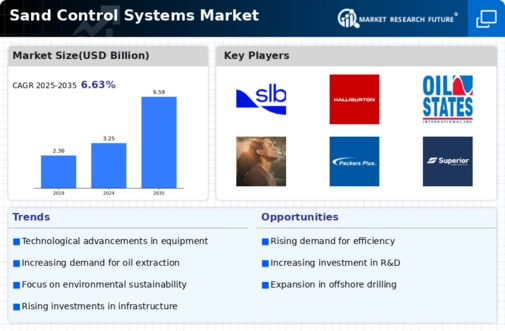
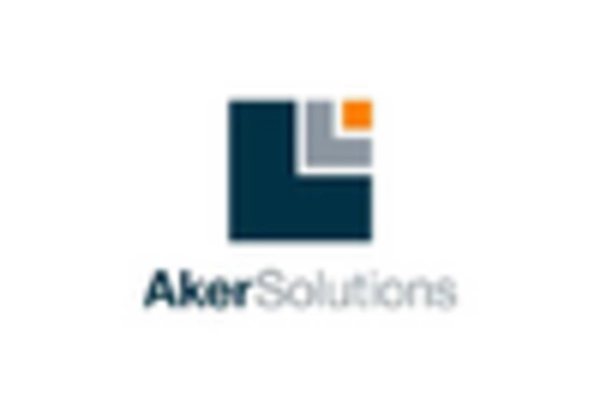
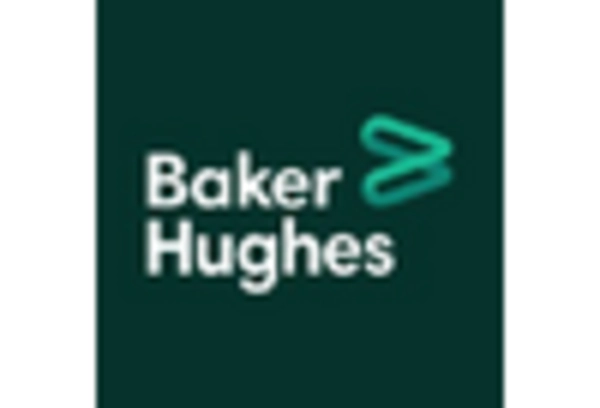
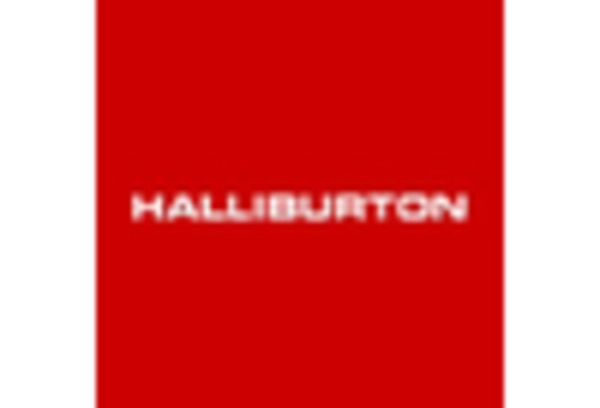
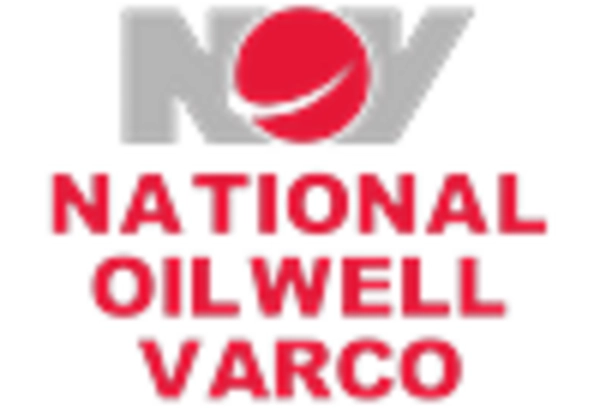
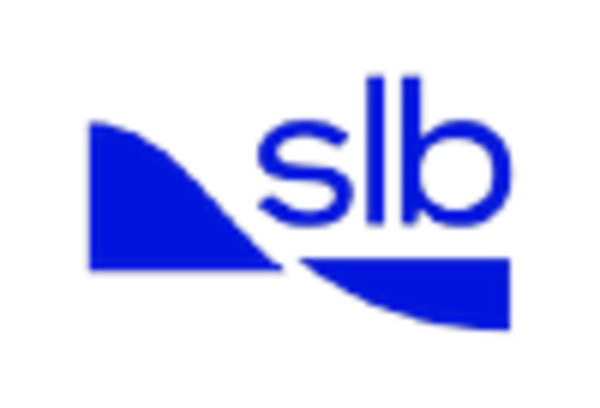
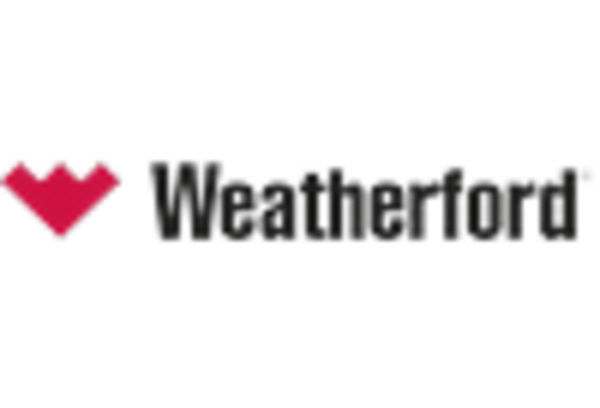









Leave a Comment